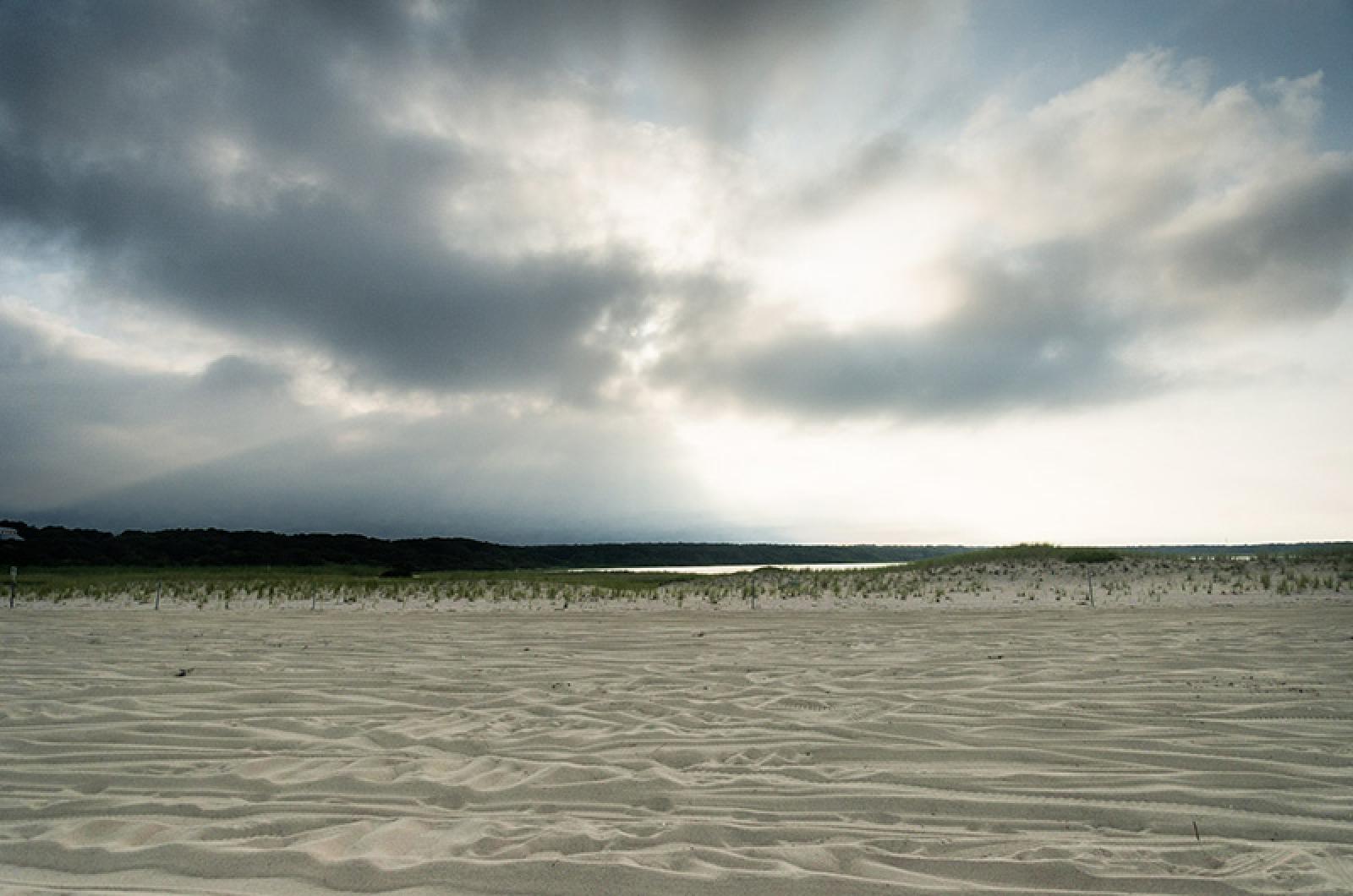Anyone that depends upon the Chappy Ferry, especially people who live on Chappaquiddick Island, should make a habit of keeping track of the hurricane situation this time of year. Usually, we have 10 days of warning as the seed of a potential cyclone emerges from the African continent. More often, of late, a tropical storm will form right on the doorstep of our Atlantic coast, giving us a mere half week to prepare.
The television weather channel is a very good source of information as long as their meteorologists aren’t too preoccupied with some other foul weather befalling North America. The most comprehensive and attentive provider that I have found and have depended upon for years is Mike’s Weather Page. He gathers up all of the forecasts, models and predictions from various government agencies in one neat package. It is fascinating to see the progression of the formation of a storm, the evolution of the predictions and the historical comparisons of past hurricane tracks.
Mostly, I don’t want you to be taken by surprise when I have to put up a sign that warns that the ferry service will be suspended by order of the U.S. Coast Guard. When we are threatened by hurricane-force winds and extreme coastal flooding, they always call me to ask what I intend to do to protect the ferryboats. We have several options for securing the ferries to give them the greatest chance of survival. It all depends upon the predicted wind direction and intensity.
The second slip on Chappy Point is configured to contain and to shelter a ferry under the worst of conditions. I like keeping one of the ferryboats there. The extra-tall pilings keep the boat corralled during extremely high tides and provide some protection from wayward vessels that have come free of their moorings. To avoid chafing of dock lines, the ferry is held in the slip by a bridle which attaches to heavy mooring blocks buried beneath the parking lot under the pair of steel covers you see near the sandy launching ramp. With the consent of the Coast Guard, we can continue to operate up until conditions become unsafe since we can quickly secure the ferry in that second slip. I feel that it’s important to have a ferry close at hand in case of dire emergencies and to be readily available for service when the storm has passed.
If the other ferryboat will not be safe remaining in either of the two ferry slips, it gets put on a storm mooring in the harbor down near the Caleb Pond entrance. The biggest risk with putting a boat out on a mooring for a hurricane is that, no matter how well you secure your vessel, the boats that come loose upwind can come crashing down on yours. So, for us, putting a ferry out on a mooring is our last choice. The Coast Guard always asks when the mooring components were last inspected. I am always able to assure them that it was either just a few months ago or, as in the case of this year, that all of the chain was replaced last summer. They are very particular about what happens to vessels under their supervision.
I check the hurricane forecast several times a day as I don’t like surprises when it comes to the Chappy Ferry. I would rather that you don’t have to deal with surprises either.




Comments
Comment policy »